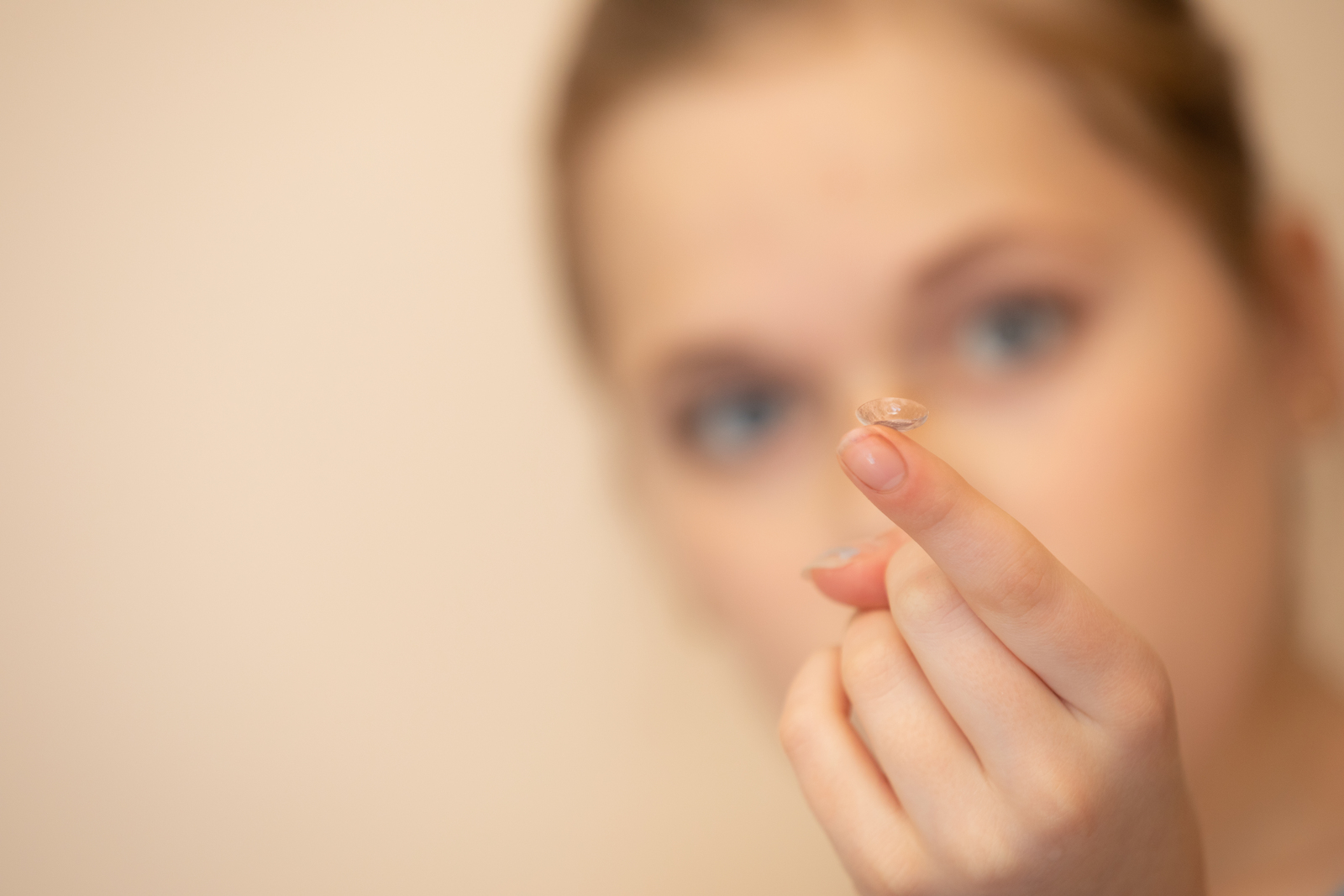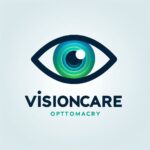Understanding Myopia: Causes & Prevention Tips
Myopia, or nearsightedness, means seeing close things clearly but not distant ones. It often starts in childhood and runs in families. The eye's shape changes, making the eyeball longer or the cornea more curved, leading to myopia.
Early detection of vision problems can prevent academic struggles and improve confidence.
schedule an eye exam
Genetics, lots of close-up tasks, too much screen time, and not being outdoors enough increase myopia risk. If you have myopia, you might see far things as blurry, need to squint to see better, or get headaches.
To slow myopia, kids should spend more time outside and less time on close-up activities. Treatments include glasses, contacts, orthokeratology, low atropine eye drops, and surgery.
Key Takeways:
- Myopia makes distant things blurry and close things clear.
- It often starts in childhood and can be in your genes.
- More close-up work and less outdoor time raise the risk of myopia.
- Signs are blurry when looking far, needing to squint, and headaches.
- Lessen myopia chances by being outdoors more and reducing close-up work.
Diagnosing Myopia
Finding myopia, or nearsightedness, early is key to treating it. Eye doctors check for it in routine exams. These exams, for kids and adults, show how bad myopia is. Then, the doctor can plan how to treat it.
For Children:
For kids, myopia often shows up at regular doctor visits. These check their vision and look for eye problems. If a child’s family has bad eyesight, or if they struggle with seeing, they might need extra eye tests. Catching myopia early helps treat it better.
For Adults:
For grown-ups, figuring out myopia means checking how the eyes see. Doctors run several tests to get it right:
- They use eye charts to see how well you see up close.
- They use retinoscopy to look at how light bounces off the back of your eye.
- And they might use a phoropter to find the best lens for you.
With these tests, eye care pros know how nearsighted you are. Then, they can offer the best treatment. Adults should always get eye check-ups. This watches for myopia and makes sure it’s treated well.
Also, myopia might come with astigmatism. It makes vision look blurry and twisted. Finding both issues early means fixing your vision better.
“Early detection and timely treatment are essential in managing myopia effectively.”
Benefits of Diagnosing Myopia | Consequences of Undiagnosed Myopia |
|---|---|
|
|
Understanding the Causes and Risk Factors of Myopia
Myopia, or nearsightedness, isn’t fully understood, but we know its roots. Genetics is a big player. If parents have myopia, their kids are more likely to get it too.
Too much time up close like reading or screen use may tire eyes, leading to myopia. Also, not being outside enough affects eye health. Kids who play outside a lot are less likely to have myopia.
“The exact causes of myopia are not completely understood, but genetics is known to play a significant role.”
Moreover, some think limited light and environmental factors are behind myopia’s rise. In places with little natural light, myopia cases tend to be more.
So, myopia has many reasons, including genetics and how we live. Knowing these helps lower our myopia risk and keep our eyes healthy.
Causes of Myopia | Risk Factors for Myopia |
|---|---|
Genetics | Excessive time on close-up activities |
enviroment | Insufficient time spent outdoors in natural light |
enviroment | Limited access to natural light |
Treatment and Management Options for Myopia
Eyeglasses and Contact Lenses
Refractive Surgery
Orthokeratology (Ortho-K)
Orthokeratology, or Ortho-K, is for myopia in kids. It’s non-surgical and done at night. Children wear custom contact lenses that reshape the cornea. This lets them see clearly the next day. It’s a hassle-free choice for managing myopia in young people.
Low-Dose Atropine Eye Drops
Peripheral Defocus Contact Lenses
For managing myopia in children, peripheral defocus contact lenses are new. They change how light hits the eye, controlling eye growth. Your eye doctor can help with advice about these lenses.
Always talk to an eye care professional when choosing myopia treatments. They’ll understand your unique needs and can guide you well. Taking action early supports good eye health, leading to better vision and life quality.
Treatment Option | Description |
|---|---|
Eyeglasses and Contact Lenses | Corrective visual aids that focus light on the retina, improving nearsightedness. |
Refractive Surgery | Surgical procedures that permanently reshape the cornea to correct myopia. |
Orthokeratology (Ortho-K) | Specialized contact lenses worn overnight to temporarily reshape the cornea for clear vision during the day. |
Low-Dose Atropine Eye Drops | Eye drops that help slow the progression of myopia in children by relaxing the eye's focusing mechanism. |
Peripheral Defocus Contact Lenses | Contact lenses that manipulate peripheral light to limit eye growth and slow the progression of nearsightedness. |
Conclusion
In short, myopia is a common eyesight issue. It can be found during eye exams. Things like too much screen time and not being outside enough can make it worse. So, spending more time outside and less in front of screens is key to fight myopia.
Many options exist to help with myopia. This includes glasses, contacts, special eye molds, and even eye drops with a low-dose medicine. Regular check-ups with an eye doctor are really important. They’ll help you stay on top of your eye health and ensure the best treatment.
Being proactive is the best way to deal with myopia. This means doing more outdoor activities and less close-up work. Also, be sure to have your eyes checked regularly by a professional. This will ensure you get the right care for your eyes. Taking these steps will help keep your eyes healthy and your vision clear many years to come.
FAQs
What is myopia?
Myopia, or nearsightedness, makes close things clear but distant things appear blurry.
What are the main causes of myopia?
It’s caused by either an elongated eyeball or a too-curved cornea.
What are the symptoms of myopia?
You might notice distant objects are blurry. You may need to squint or get headaches and eyestrain.
How can myopia be prevented?
To stop myopia getting worse, kids should spend more time outdoors. They should also avoid too much close-up work.
How is myopia diagnosed?
An eye care professional can diagnose myopia during a standard eye exam.
What are the causes and risk factors of myopia?
The main cause is unclear, but genes are a big player. Risk factors include too much close work and too little outdoor time.
What are the treatment options for myopia?
Treatments include eyeglasses, contact lenses, orthokeratology, low-dose atropine drops, and surgery.
